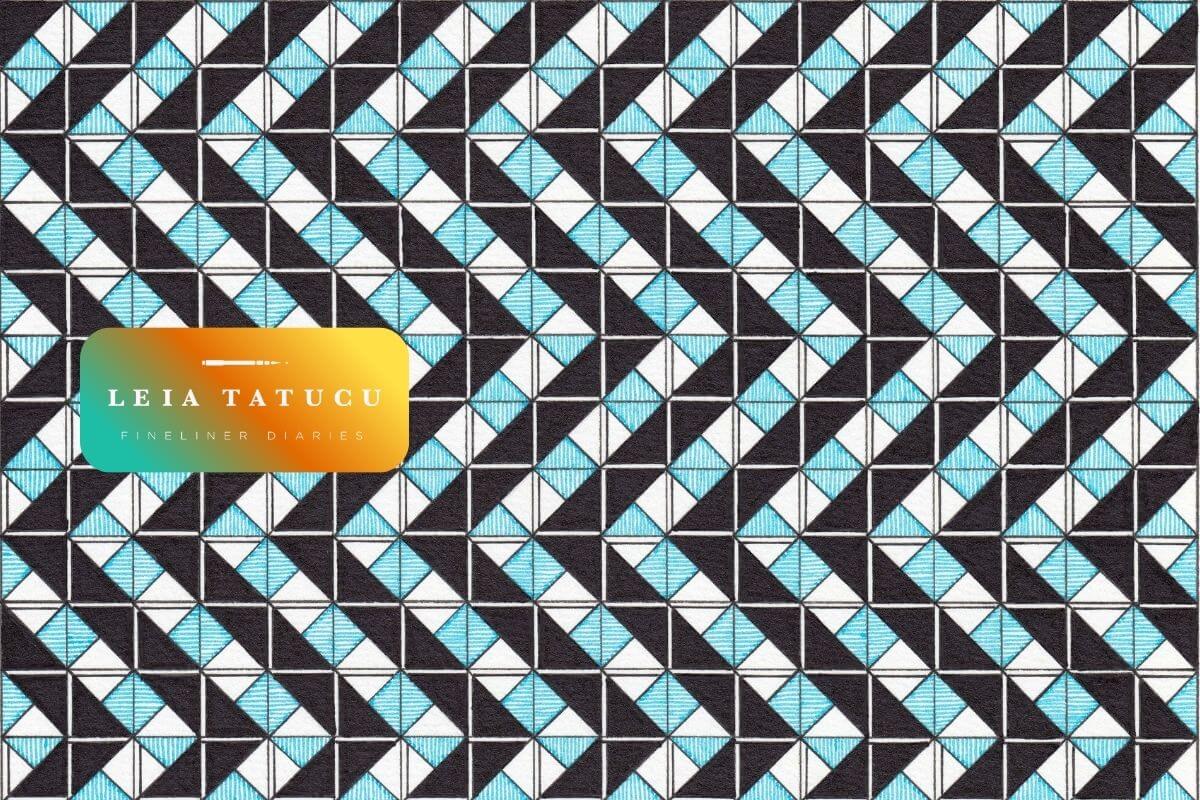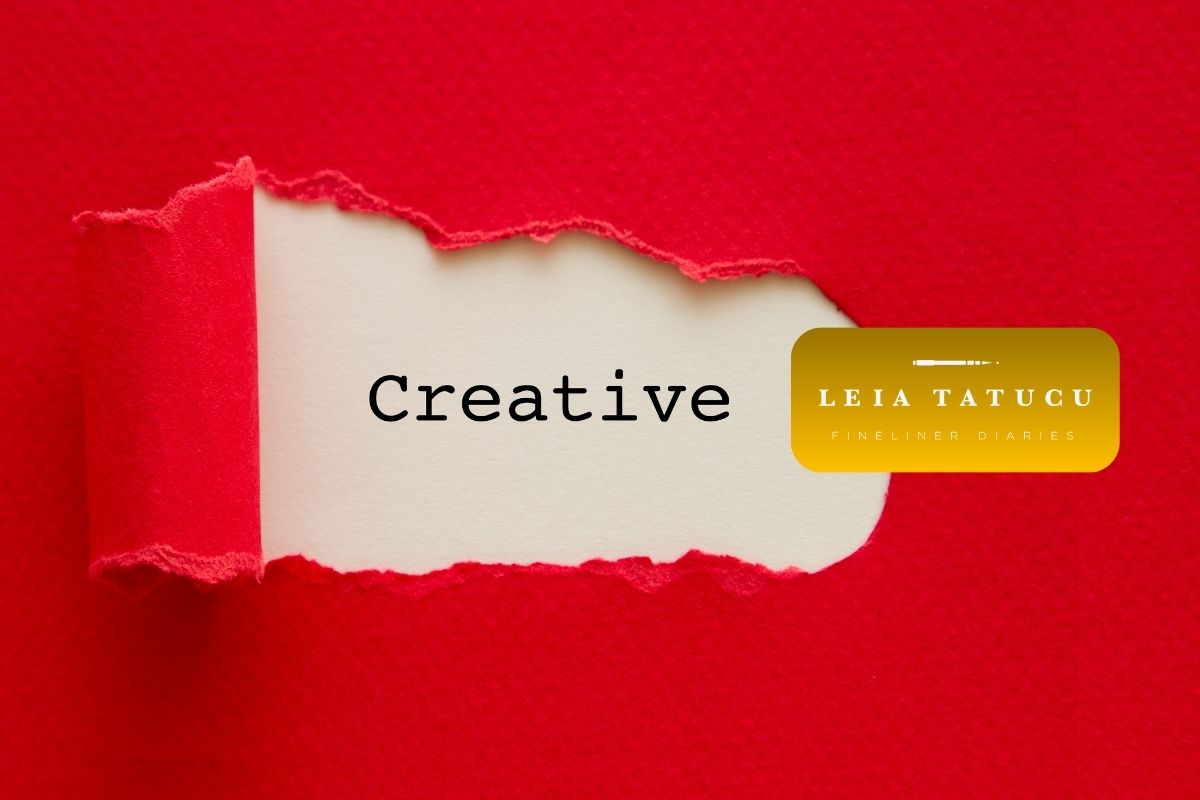
The Harmony of Lines: How Geometric Art Brings Calm to Chaos
Creating art is more than just self-expression—it’s a powerful way to process emotions, especially during uncertain times. For me, art has always been an anchor, a place to transform overwhelming feelings into something meaningful. Geometry is a recurring theme in my work; the structure and predictability of lines and shapes offer a calming balance to the chaos of emotion.
If you’ve ever felt overwhelmed and searched for an outlet, geometric art could be the answer. This week, let's explore how geometric patterns can soothe the mind and inspire balance and harmony in our creative process.
Why Geometry Calms the Mind
Have you ever been captivated by the repeating tiles on a floor or the symmetry of a honeycomb? Our brains are naturally drawn to patterns because they symbolize order and predictability in a chaotic world. This is why geometric art feels so grounding—it gives our minds a chance to relax.
When you observe or create geometric designs, your brain doesn’t have to overanalyze. The clean lines and repetition are easy to process, creating a sense of mental ease that can even feel meditative. For me, the act of drawing precise lines with a fineliner is mindfulness in motion. Each steady stroke quiets the noise of daily life.
This connection between geometry and tranquility isn’t new. Ancient mandalas, Islamic tilework, and even the Golden Ratio in nature all reveal how structure can evoke peace and spiritual connection. Geometry gives the mind a visual anchor, allowing us to wander and settle at the same time.

Finding Balance Between Feeling and Form
My art serves as a reflection of my emotions—a visual diary capturing joy, sadness, confusion, and hope. But emotions, as powerful as they are, can feel overwhelming. That’s where geometry steps in. It offers structure and clarity, a way to contain and make sense of these feelings without letting them spiral out of control.
I see it as a dialogue between two parts of myself: the raw, emotional impulse and the steady, logical framework. Take my piece Point of Focus, for example. Fluid, abstract shapes flow around a geometric, mandala-like pattern, drawing the viewer's attention to the order at the center while the surrounding abstract landscape feels chaotic and untethered. This contrast symbolizes how we impose structure in our lives to navigate uncertainty and regain focus amidst the chaos.
In both life and art, we’re constantly balancing emotional turbulence with logical order. Geometry in art acts as that steadying force—a visual anchor that creates harmony, offering engagement and calm in equal measure.

How to Bring Structure to Your Creative Process
Adding geometry to your art isn’t about stifling creativity; it’s about giving your emotions a container to make them more approachable and impactful. Here are a few simple ways to start:
1. Play with Simple Shapes
You don’t need to master complex fractals. Start small:
- Circles: Represent unity and wholeness. Use them to enclose abstract elements or as calming focal points.
- Squares and Rectangles: Symbols of stability and order. Grids or blocks create a solid foundation for expressive forms.
- Triangles: Add dynamic energy. Point them upward for strength or downward for tension.
2. Embrace Repetition and Symmetry
Repetition is rhythm. Symmetry is balance. Together, they create harmony. Try layering a fluid design over a repeating honeycomb pattern or a symmetrical grid. The contrast between rigid order and freeform emotion is captivating.
3. Use Geometry as a Guide
Before starting your next piece, lightly draw a grid or use compositional tools like the Rule of Thirds. These frameworks help balance even the most emotional concepts, ensuring your work feels intentional and composed.

Finding Calm Through Creativity
Over time, I’ve discovered that structure is essential—not just in art, but in life. Balancing structure with spontaneity has taught me the importance of precision, planning, and trusting the process. For me, geometric art became a guiding light during difficult times, helping me find clarity and calm when I needed it most.
Whether you’re an artist or simply seeking a creative outlet, incorporating geometry into your work can be transformative. Start small—draw a page of patterns or experiment with simple line overlays—and notice how it shifts your perspective. It’s not just about crafting beautiful designs; it’s about finding peace amidst the chaos and sharing that sense of calm with others.
So grab your tools, embrace the harmony of lines, and let the process anchor you. Who knows? You might just discover your own balance along the way.





Leave a comment
This site is protected by hCaptcha and the hCaptcha Privacy Policy and Terms of Service apply.